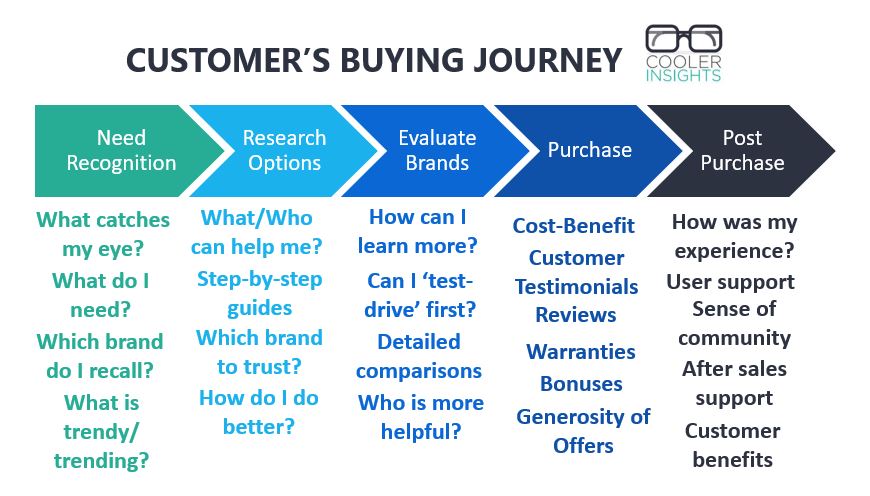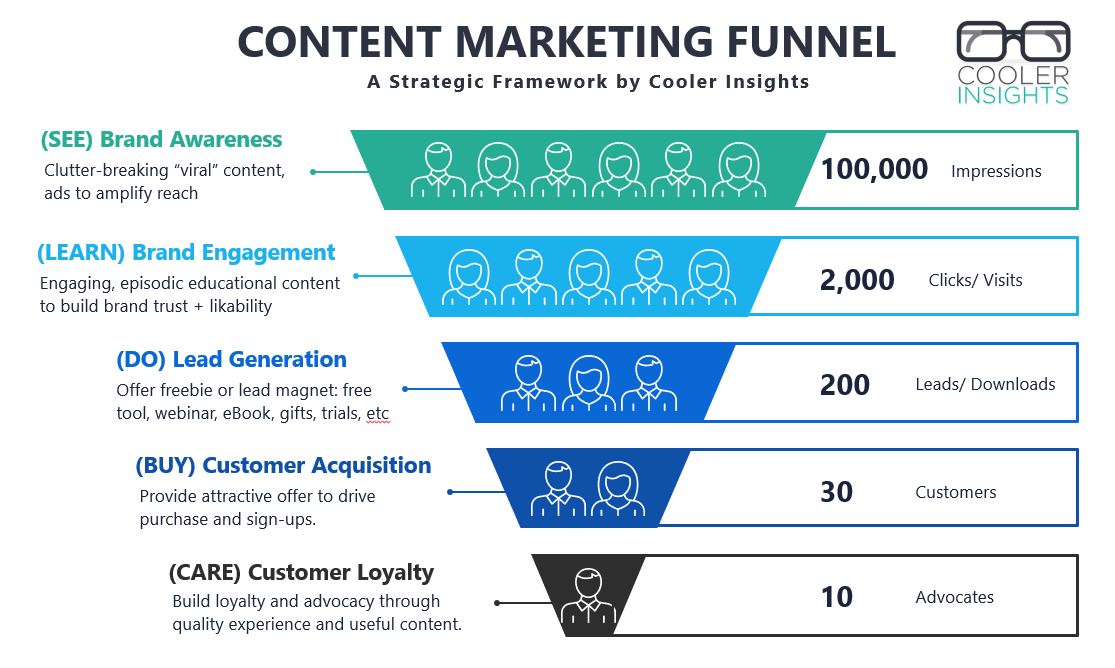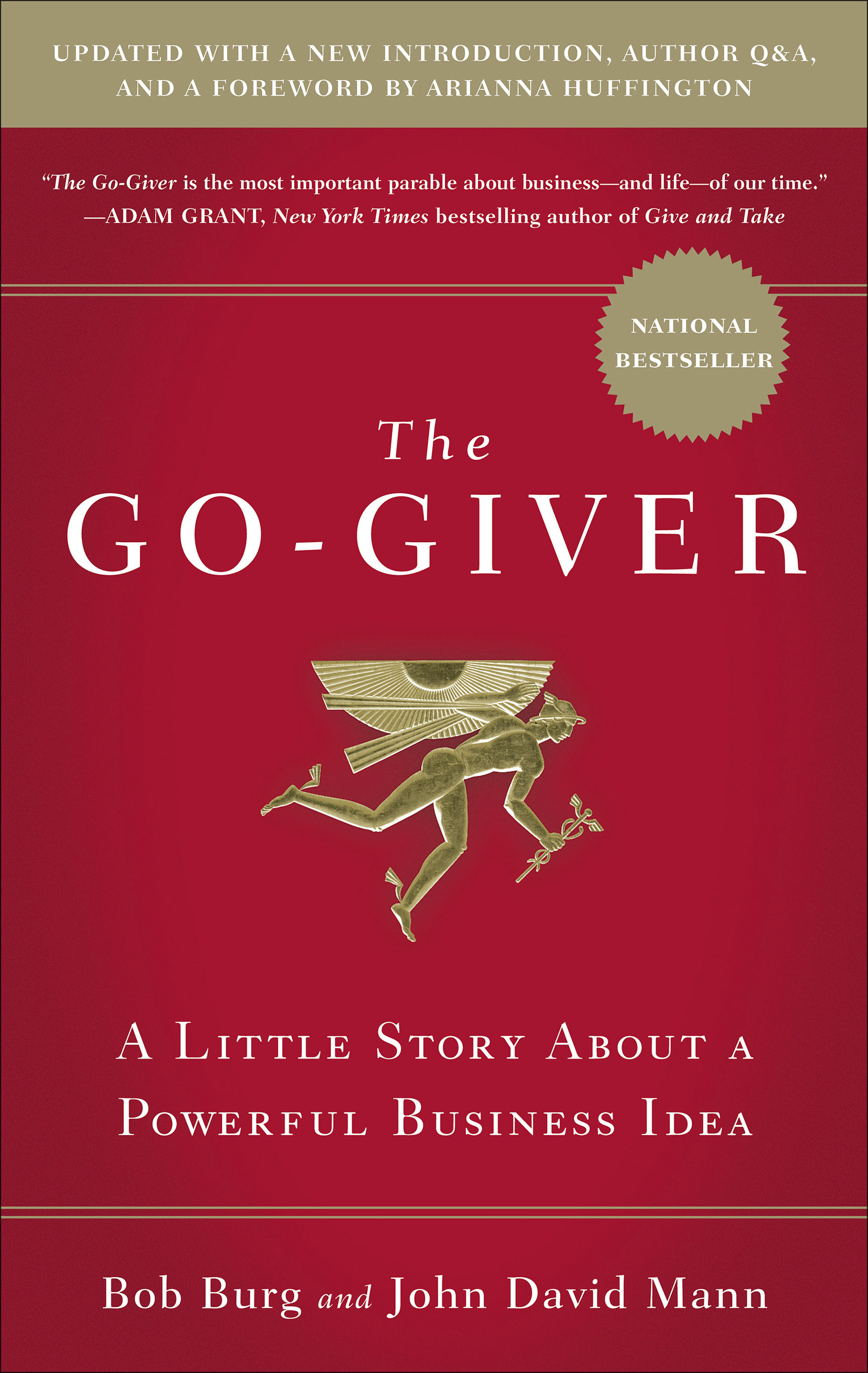
Life as a content marketer can be numbing—especially when you don’t see any light at the end of the tunnel.
While the techniques aren’t rocket science, consistently churning out content does take something out of you.
Occasionally, I do get into a self-reflective funk and ask myself questions such as these:
- “Why am I doing this?”
- “How can I truly serve my customers with content?”
- “How can I make this enterprise sustainable?”
- “What is the secret behind content marketing success?”
On such a recent soul-searching journey, I chanced upon the delightful book The Go-Giver — A Little Story About A Powerful Business Idea by Bob Burg and John David Mann.
A management parable akin to bestsellers like Who Moved My Cheese, The Alchemist and The Monk Who Sold His Ferrari, The Go-Giver tells the story of a young go-getter named Joe who uncovered the secret of success thanks to an enigmatic consultant/ guru named Pindar a.k.a. “The Chairman.”
As the story unfurls, Joe is introduced to a series of characters: a charming Italian restaurateur, a CEO of an educational software firm, a financial advisor, a real-estate broker, and the ‘Connector’. Together with these “go-givers,” Pindar inculcated Joe with the Five Laws of Stratospheric Success—these changes his life’s focus from getting to giving.
Thanks to the daily exercises which he needed to do, Joe was transformed into a “go-giver” himself. At the end of the story, he learned that putting others’ interests first while adding value to their lives could ultimately lead to unexpected returns.
In this article, I will recap these five laws of success and suggest how they can be used in content marketing.
Ready to enjoy “stratospheric success” like Joe? Let’s go!
#1 The Law of Value
Your true worth is determined by how much more you give in value than you take in payment
In the book, Joe gave value to a prospect when he referred him to a competitor better able to serve his company’s needs. The moral of the story here is to provide an exceedingly positive experience to your prospects or clients—even at the expense of losing the account.
In another example, a restaurateur named Ernesto attracted investors when his hot dog stand provided the best outdoor experience in the city.
Applying the Law of Value in Content Marketing
To apply this law to your work in content marketing, consider the following:
- Can you provide useful information to prospects for free?
- Can you delight paying customers by over-delivering on their customer experience?
- Can you make your brand more likable and trusted relative to your competitors?
Quoting from the book Youtility by Jay Baer, your goal is to supply “massively useful information, provided for free, that creates long-term trust and kinship between your company and your customers.”
Oh, and let’s not forget this…
The Golden Rule of Business: “All things being equal, people will do business with and refer business to those people they know, like and trust.”
#2 The Law of Compensation
Your income is determined by how many people you serve and how well you serve them
From The Go-Giver, we learn how a former teacher Nicole turned a problem she faced into an opportunity worth hundreds of millions. Assembling a team of talented parents turned business partners, she founded an educational software company with global clients.
In short, you should find a way to scale the number of people you serve and to do it well.
Applying the Law of Compensation in Content Marketing
Similarly, your goal here is to provide as much value as you can to as many customers as you can, while doing it well.
To do so, consider what your customer’s content needs are on the different stages of their buying journey. This can be mapped along a spectrum of increasing customer intent, as shown here.

By supplying useful information that serves their needs, your goal is to nudge them towards a deeper relationship with you on the digital marketing funnel as shown below.

The bigger the numbers of prospects you can “pull” through your funnel, the better your profitability is likely to be. You can even calculate the ROI from your marketing efforts.
#3 The Law of Influence
Your influence is determined by how abundantly you place other people’s interests first
In the book, struggling insurance agent Sam Rosen became a highly successful financial advisor by constantly looking out for the interests of others beyond his own. Quoting from the book:
“Watch out for the other guy. Watch out for his interests. Watch his back. Forget about fifty-fifty, son. Fifty-fifty’s a losing proposition. The only winning proposition is one hundred percent. Make your win about the other person, go after what he wants. Forget win-win—focus on the other person’s win.”
Applying the Law of Influence in Content Marketing
I love how this law ties in so neatly with the precepts of content marketing. Beyond providing helpful and useful content, you should also contextualise your content from the perspective of your customers.
This requires you to dig deep into your customer’s psyche in order to address their specific needs, wants and desires. You should also choose the right content types to suit their content preferences and channels.
#4 The Law of Authenticity
The most valuable gift you have to offer is yourself
I love this section of the book which narrated how Debra Davenport overcame personal tragedies to become a champion realtor. She did so not by applying every single “close” available in the book, but by being an authentic human being.
This entailed genuinely caring for others, making them feel good about themselves, and being transparent about what you feel and think.
Applying the Law of Authenticity in Content Marketing
In the world of content marketing, authenticity may take several shapes and forms:
- Using your natural human voice when you write or speak to others
- Relating to your prospects and customers with empathy
- Showing some flesh and sharing about your own personal struggles
- Being open about how things work, as well as being honest about the limitations of your product or service
#5 The Law of Receptivity
The key to effective giving is to stay open to receiving
The final law came about when our protagonist had lunch with his mentor Pindar. His eureka moment came when he realised that it is only when he was willing to receive that he could give.
Quoting from the book…
“All the giving in the world won’t bring success, won’t create the results you want, unless you also make yourself willing and able to receive in like measure. Because if you don’t let yourself receive, you’re refusing the gifts of others—and your shut down the flow.”
Applying the Law of Receptivity in Content Marketing
So how do you receive as a content marketer?
Well, you can begin by asking your community members for their advice. Or co-opt your most ardent supporters into your enterprise as “ambassadors” or “experts.”
I believe that we should also have hearts that are humble enough to constantly learn from those around us. They could be thought leaders and influencers in our field. They could be ordinary people whom we interact with. They could also be our partners, suppliers and distributors. They could also be our clients and customers.
Giving is the Essence of Content Marketing
As a content marketer, I’ve always advocated that we should give in order to get marketing. Having read The Go-Giver, my notion of giving has changed into one of just giving and receiving without trying to keep score.
While the five laws of stratospheric success works well in the field of content marketing, it also applies in virtually any aspect of life. You can try them out both at work or in life, just like Joe did in the book.
Do get a copy and read it for yourself. It is that good.
“You do not get what you want; you get what you expect.”—Pindar in The Go-Giver

